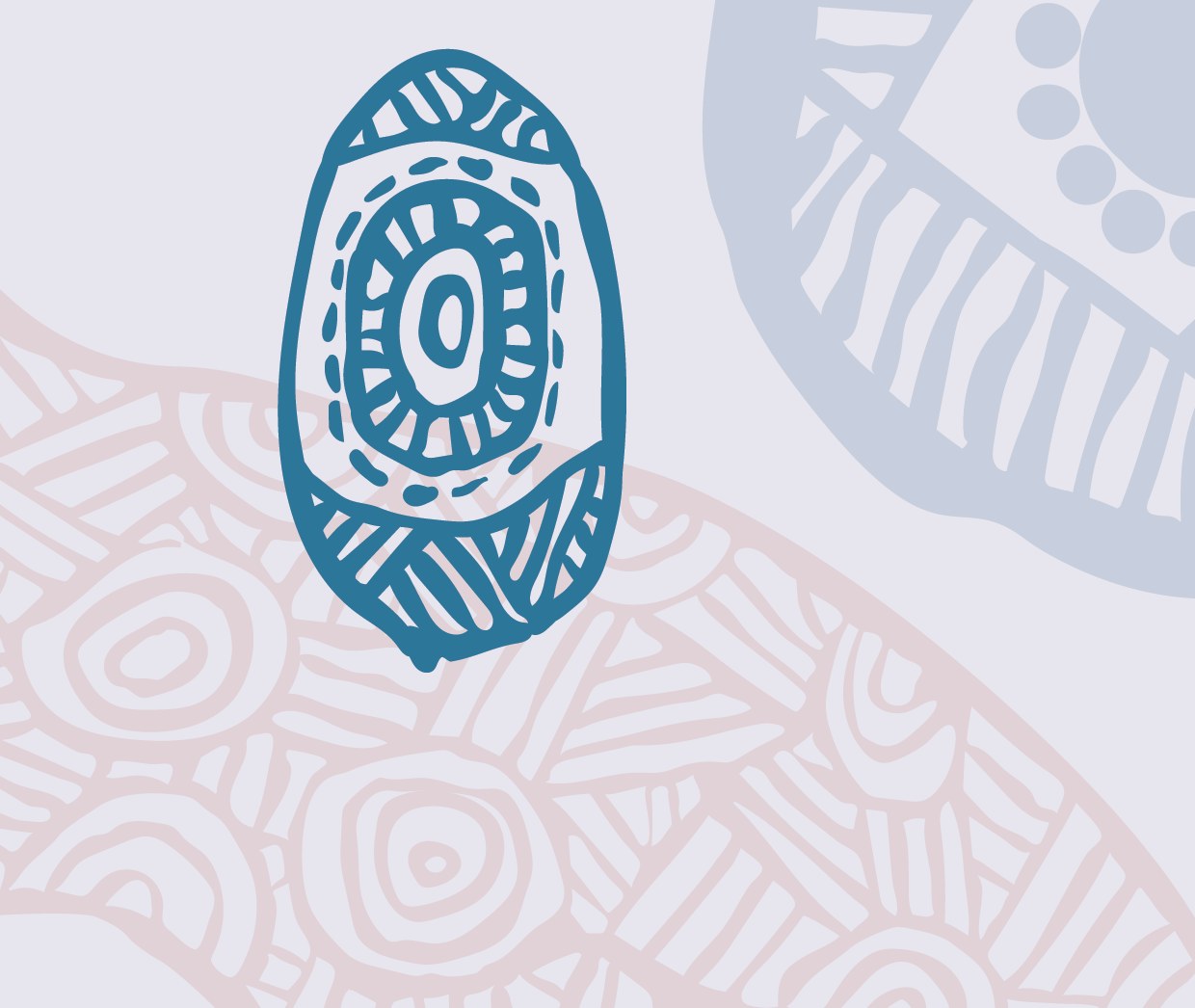Just before Christmas, the Government’s Productivity Commission finalised its Report on Aboriginal and Torres Strait Islander Visual Arts and Crafts which it had put out for comment last July. Not much has changed – and this is what I thought then.
With no serious proposals on the art side of its report, the best the PC can come up with, it seems is its proposal to deny the $54m-strong inauthentic craft side of the business the right to pretend that they are selling the work of genuine Aboriginal or TSI people by making them label the work inauthentic. This still strikes me as weak. Why would anyone – even a foreign tourist rushing to catch his plane home at the airport – buy an acknowledged fake? And will the ACCC pursue every souvenir shop to take action against every unlabelled fake under the Australian Consumer Law??
Something I hadn’t spotted in July was the depressing fact that community centre artists earn on average just $3200 a year each while independent artists average out at $6000. What does this say for the community art centre system? Especially as one of the other key findings of the final report was the need to fund it to develop many more First Nations leadership roles.
A great idea. But where to look? Well it’s clear that FN leadership is already well set in the art institutions of the south. But how many of those curators have contributed to the community art centre ethos on their way up? How many of them have even visited a remote art centre? With the excellent Wesfarmers Training Scheme operating at the National Gallery, shouldn’t an essential qualification for that be valuable time spent out bush???
At least the Report allowed me to understand why its branding artwork continues to be by Luke Penrith, who’s ancestry is connected through the Wiradjuri, Wotjobaluk, Yuin and the Gumbaynggirr Nations, but whose artwork appears to consist exclusively of traditional Central Desert motifs! Sadly even non-Indigenous people will be able to appropriate such traditional designs as long as they are generic. For then no identifiable traditional owner/s will be able to claim that their culture is being misrepresented and they will still not be able to control whether and how aspects of Indigenous Cultural & Intellectual Property, such as sacred symbols, are used in visual arts and crafts.
I fear we haven’t got very far.

